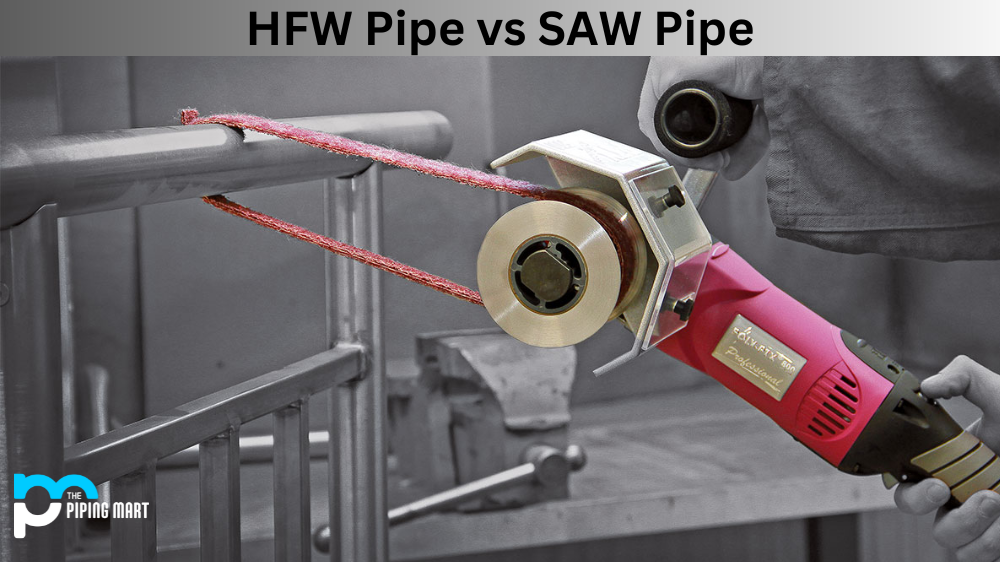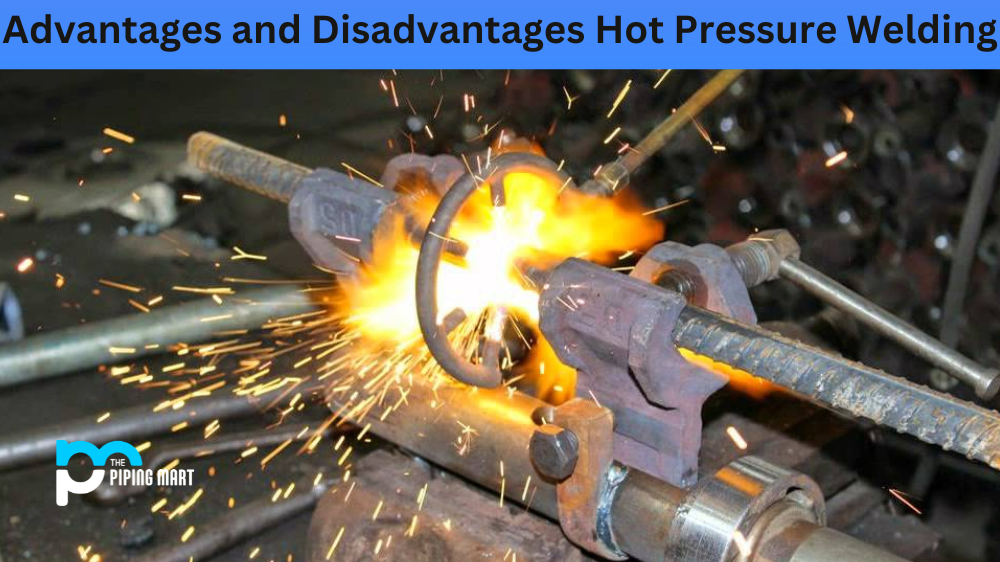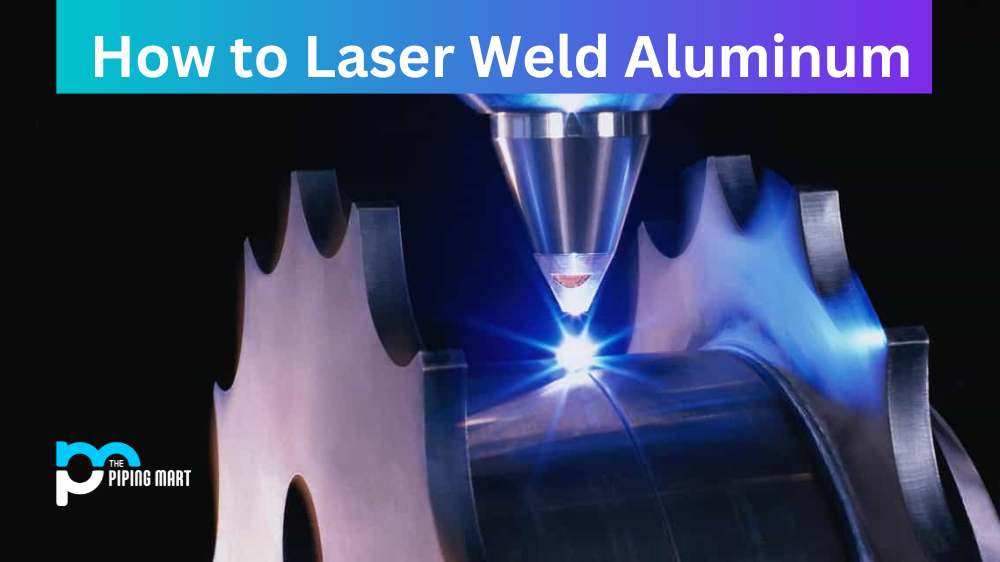When selecting the correct type of pipe for industrial applications, two options often come to mind High-Frequency Welded (HFW) pipe and Submerged Arc Welded (SAW) pipe. Both these pipes are widely used in various industries such as oil and gas, power generation, petrochemicals, and more. But what sets them apart, and which should you choose for your specific needs? In this blog post, we’ll compare HFW pipe and SAW pipe, highlighting their differences and benefits.
SAW Pipe
SAW (Submerged Arc Welding) pipe is a pipeline used in oil and gas operations. The welding process uses an electric arc submerged under a flux layer, producing strong welds with superior mechanical properties compared to traditional fusion welding processes. This makes SAW pipe suitable for critical pressure-containing applications like transmission pipelines and storage tanks.
HFW Pipe
HFW (High-Frequency Welding) pipe is a type of welded steel pipe produced by combining coils of hot-rolled steel sheets and non-oxidizing electric resistance welding. This type of pipe is specially designed for high pressure, high temperature, and highly corrosive environments due to its superior tensile strength and corrosion resistance compared to lower frequency welding methods. It also has superior fatigue properties, which make it ideal for pipeline construction projects that require long-term durability.
Differences between SAW vs HFW Pipe
Manufacturing Process
HFW pipe is made using high-frequency electrical currents to join two pieces of steel. This process creates a strong bond between the two pieces, making creating lines of different sizes and thicknesses possible. On the other hand, SAW pipe is made by welding the edges of a steel strip to form a tube. The welding process is carried out under a layer of powdered flux, which prevents oxidation and helps to create a uniform weld.
Strength and Durability
HFW pipe is known for its high strength and durability properties. It is a reliable option for critical applications with an increased risk of corrosion and mechanical damage. HFW pipe is also known for its ability to withstand high-pressure and high-temperature environments, which makes it an ideal choice for industries such as oil and gas. On the other hand, SAW pipe is a cost-effective option suitable for low-pressure and low-temperature applications. It is also known for its ease of use, making it a popular choice in industries such as construction and mining.
Corrosion Resistance
Corrosion resistance is crucial when selecting a pipe for an industrial application. HFW pipe has a natural corrosion resistance, making it ideal for critical applications transporting fluids such as water, oil, and gas. The welding process used in HFW pipe also produces a smoother finish, reducing corrosion chances. On the other hand, HFW pipe is less corrosion-resistant than SAW pipe. It requires additional coating or lining to protect it from corrosion in harsh environments.
Cost
The cost of a pipe is another important factor to consider in any industrial application. HFW pipe is a relatively expensive option due to its high strength, durability, corrosion resistance, and other properties. On the other hand, SAW pipe is a cost-effective option widely used in various industries. However, the cost of SAW pipe can vary depending on the quality of the welding and coating used.
Application
The application for which a pipe is required is the ultimate factor when selecting the best-suited option. HFW pipe is typically used in critical applications requiring high strength, durability, and corrosion resistance. These industries include oil and gas, power generation, and petrochemicals. On the other hand, SAW pipe is mainly used in industries such as construction, mining, and water transportation.
Advantages of HFW Pipe
There are several advantages to using HFW pipe instead of traditional ERW or seamless pipe:
- HFW pipe is less expensive than ERW or seamless pipe because it requires less material and fewer steps in the manufacturing process.
- HFW pipes can be made from thinner materials without sacrificing strength or durability.
- HFW pipe has superior weld quality due to the high-frequency welding process.
Advantages of SAW Pipe
A Saw pipe is a type of steel pipe used for large-diameter pipelines. It offers several advantages, including improved cost efficiency, reduced labour costs, and increased resistance to corrosion and abrasion. Additionally, saw pipes can transport higher volumes of liquids due to their larger diameters. Ultimately, saw pipes offer more economical solutions for pipeline applications than other steel pipes.
Disadvantages of HFW Pipe
There are also some disadvantages to using HFW pipe. First, because the welding process is less precise than other methods, there is a greater chance of defects in the finished product. Second, HFW pipe is less vital than ERW or seamless pipe because the welds are not as strong as the base material. Third, because HFW pipe is made from thinner materials, it is more susceptible to damage from impact or vibration.
Disadvantages of SAW Pipe
Saw pipes have some distinct disadvantages, including their higher cost when compared to other common piping materials, the possibility of pipe wall thinning due to the pressure exerted by the saw teeth and difficulty in controlling flow rates during cutting. They can also be difficult to weld or connect with standard fittings.
Conclusion:
In summary, HFW pipe and SAW pipe have unique properties and benefits, and selecting the right one requires a thorough understanding of your application needs. HFW pipe is the go-to option for highly demanding industries such as oil and gas, whereas SAW pipe is a cost-effective option used in low-pressure and low-temperature applications. Whatever option you choose, work with a reputable manufacturer to ensure you get a product that meets your specifications and quality standards.

A passionate metal industry expert and blogger. With over 5 years of experience in the field, Palak brings a wealth of knowledge and insight to her writing. Whether discussing the latest trends in the metal industry or sharing tips, she is dedicated to helping others succeed in the metal industry.




